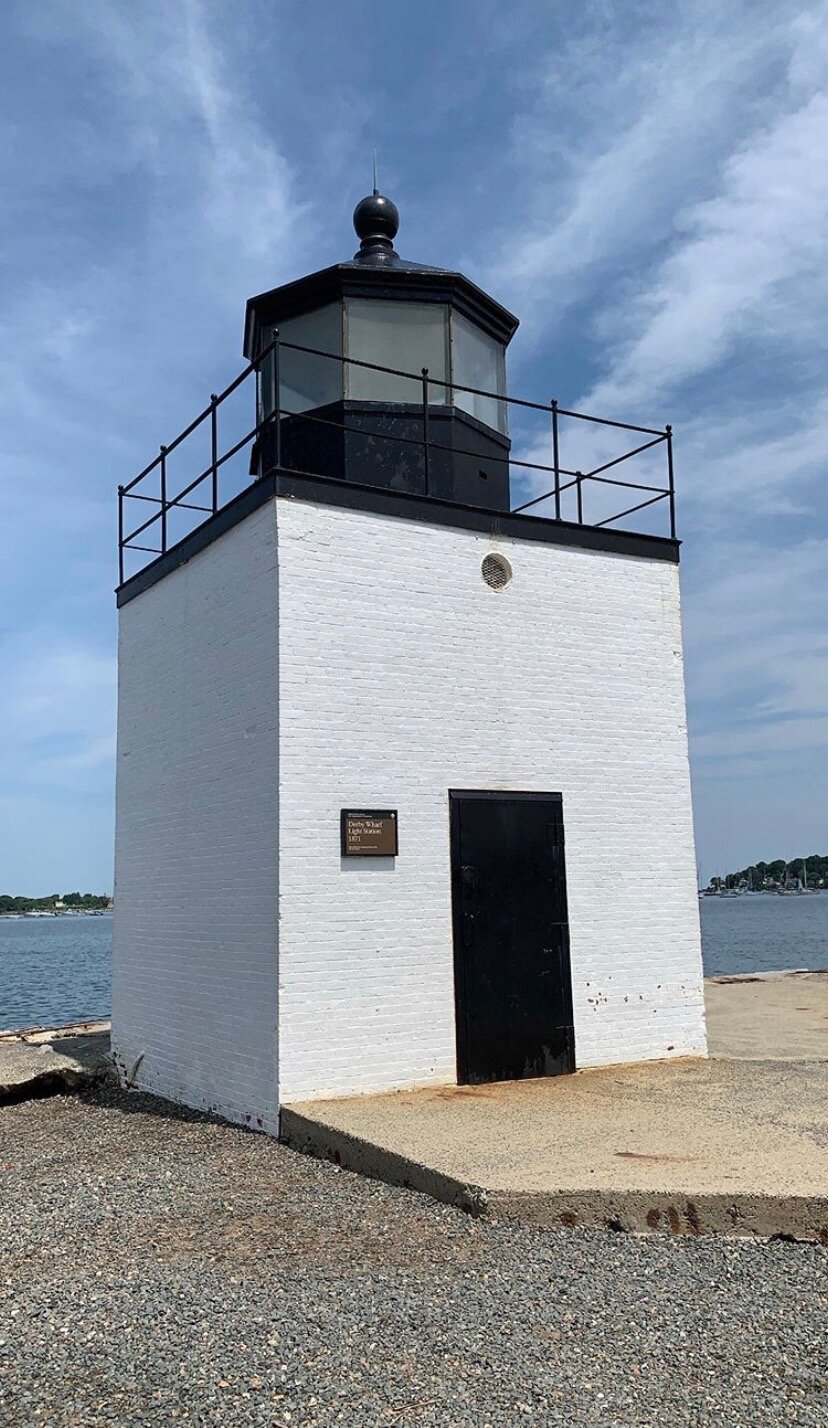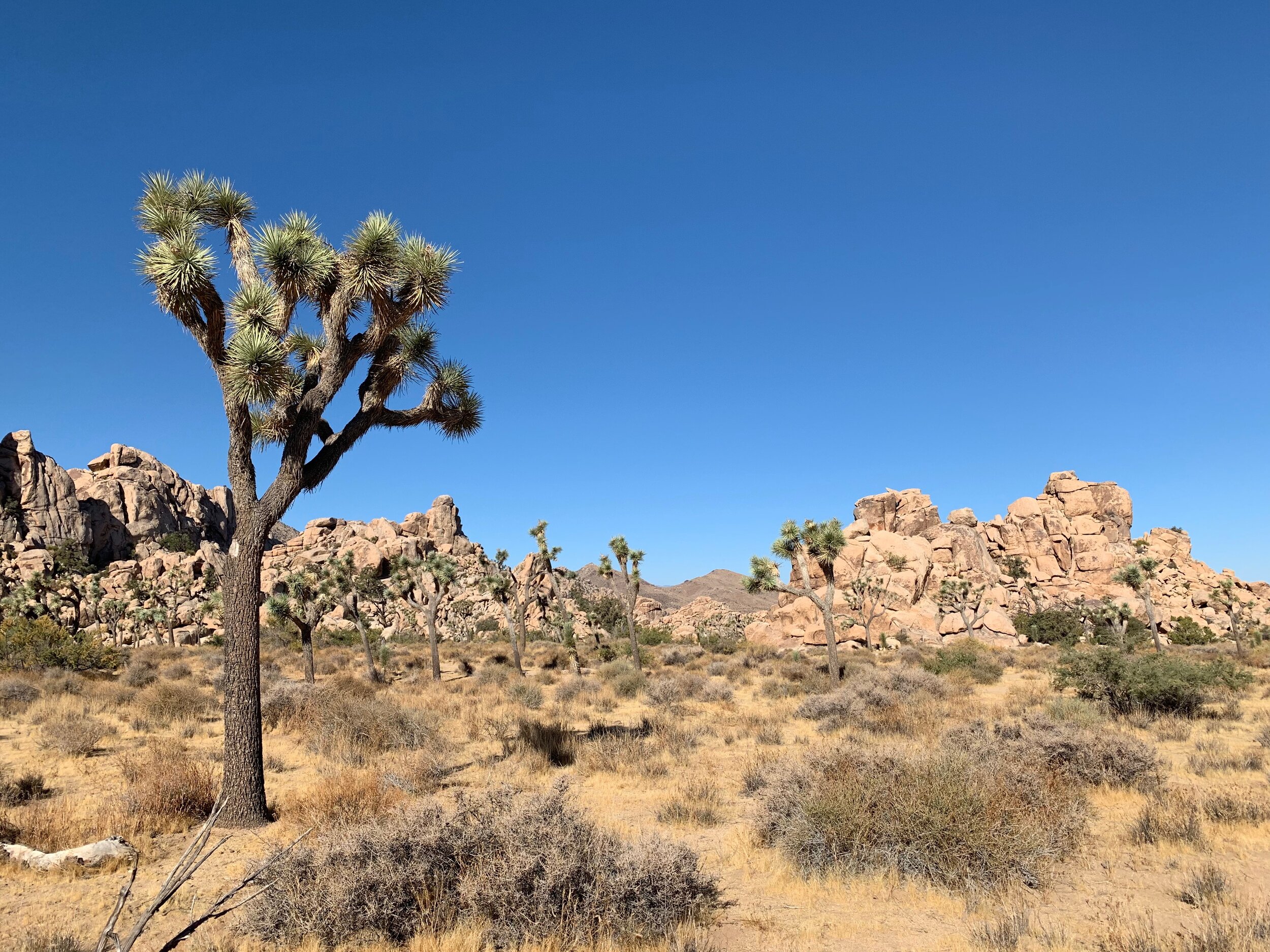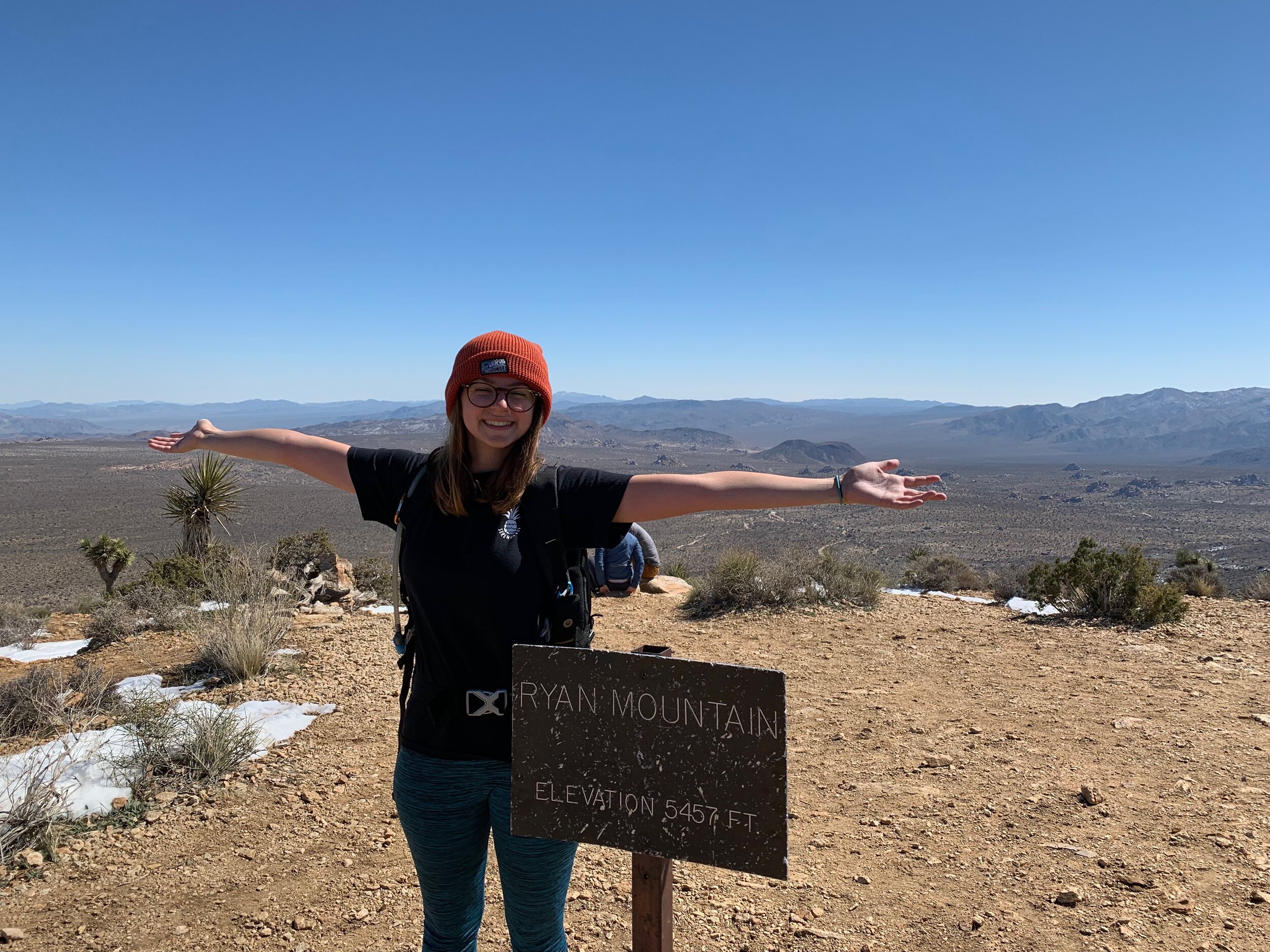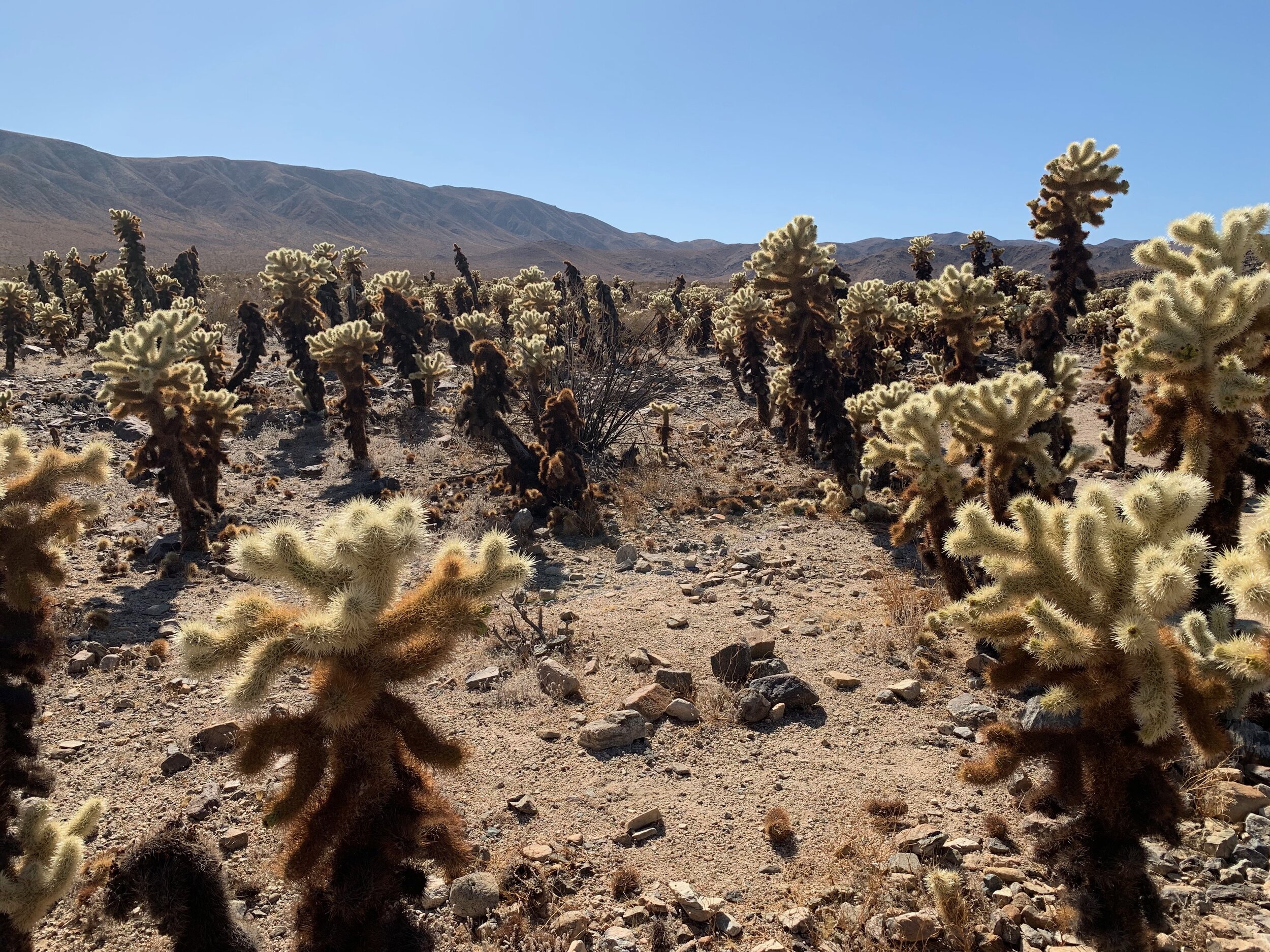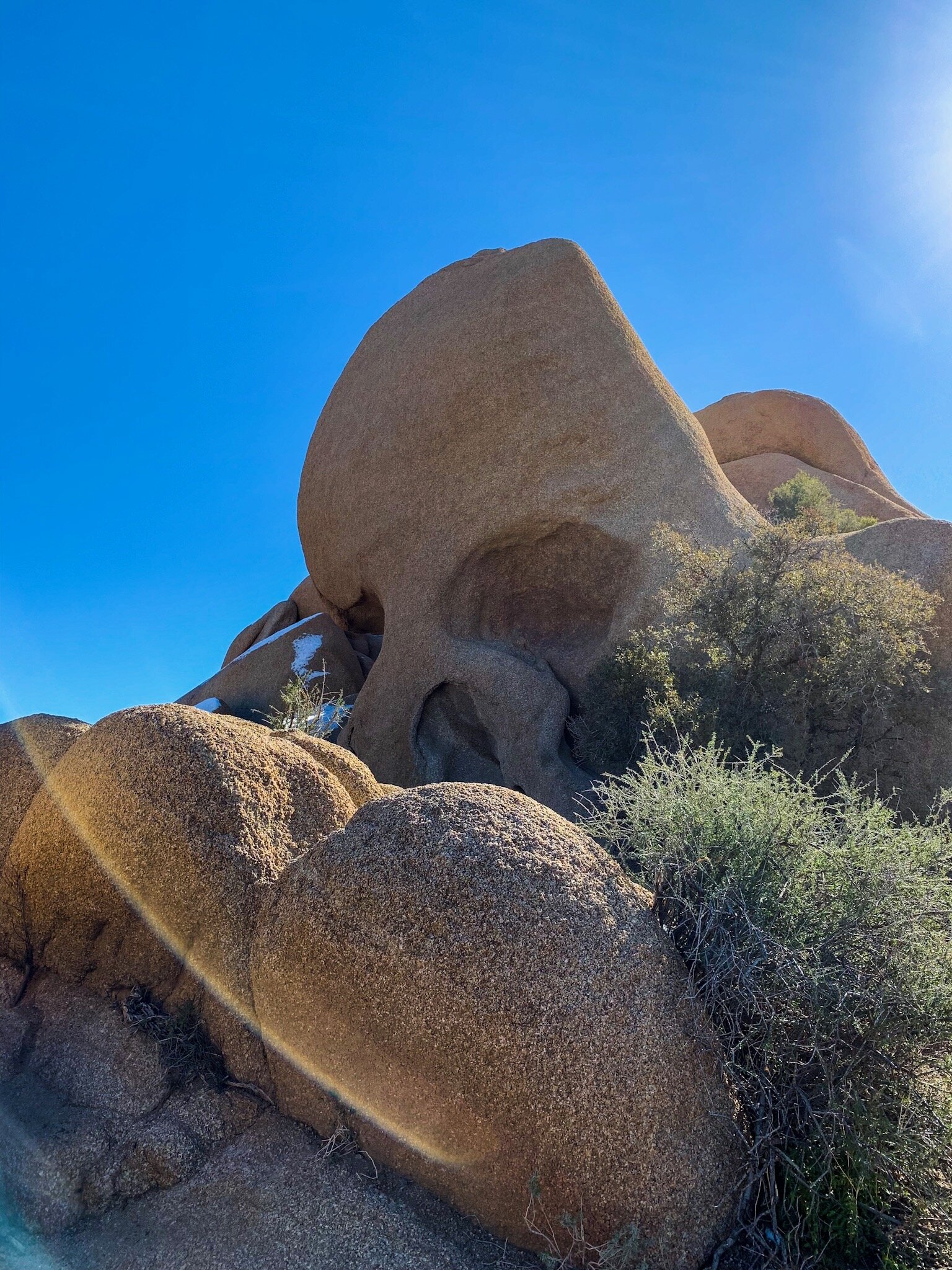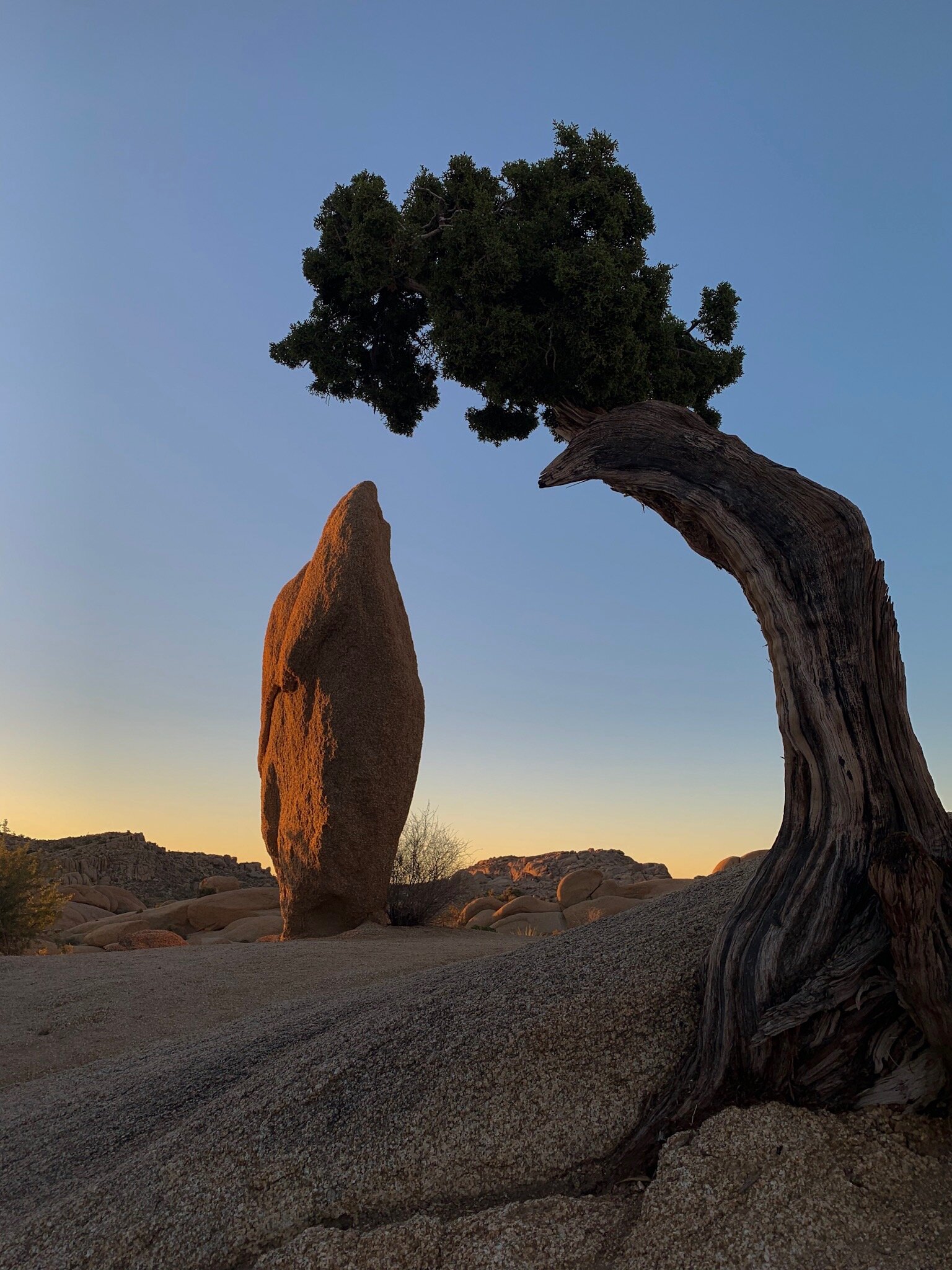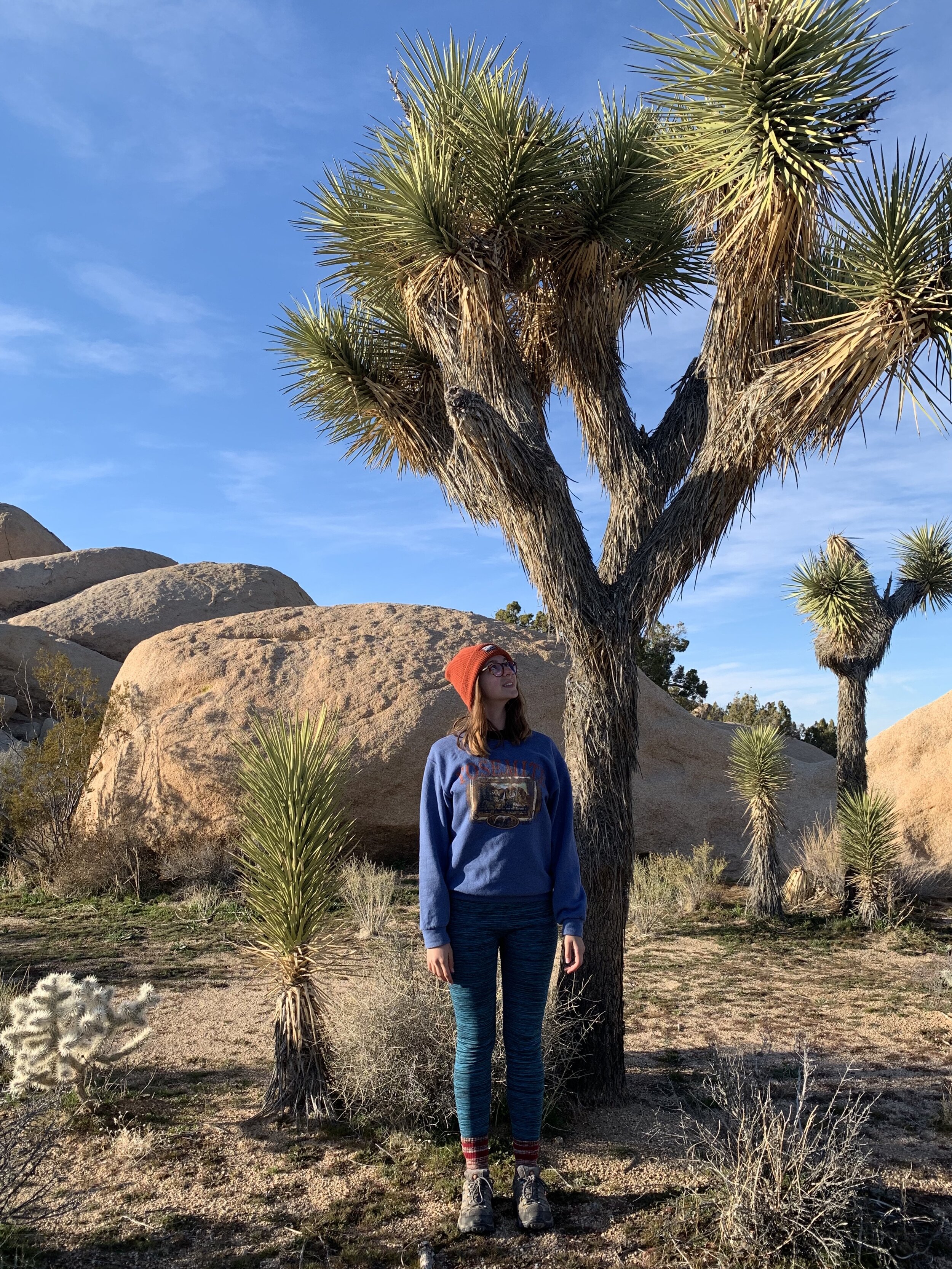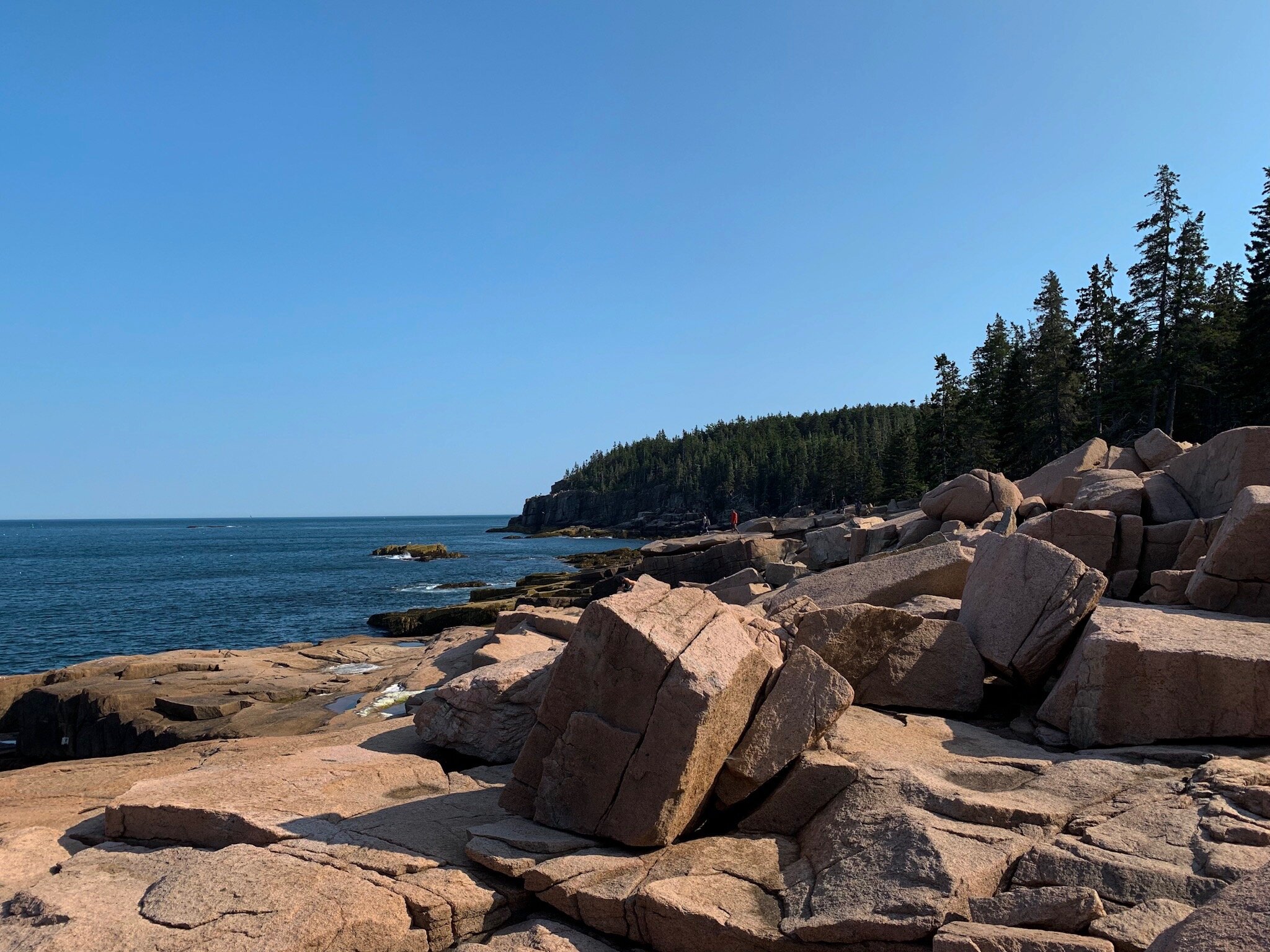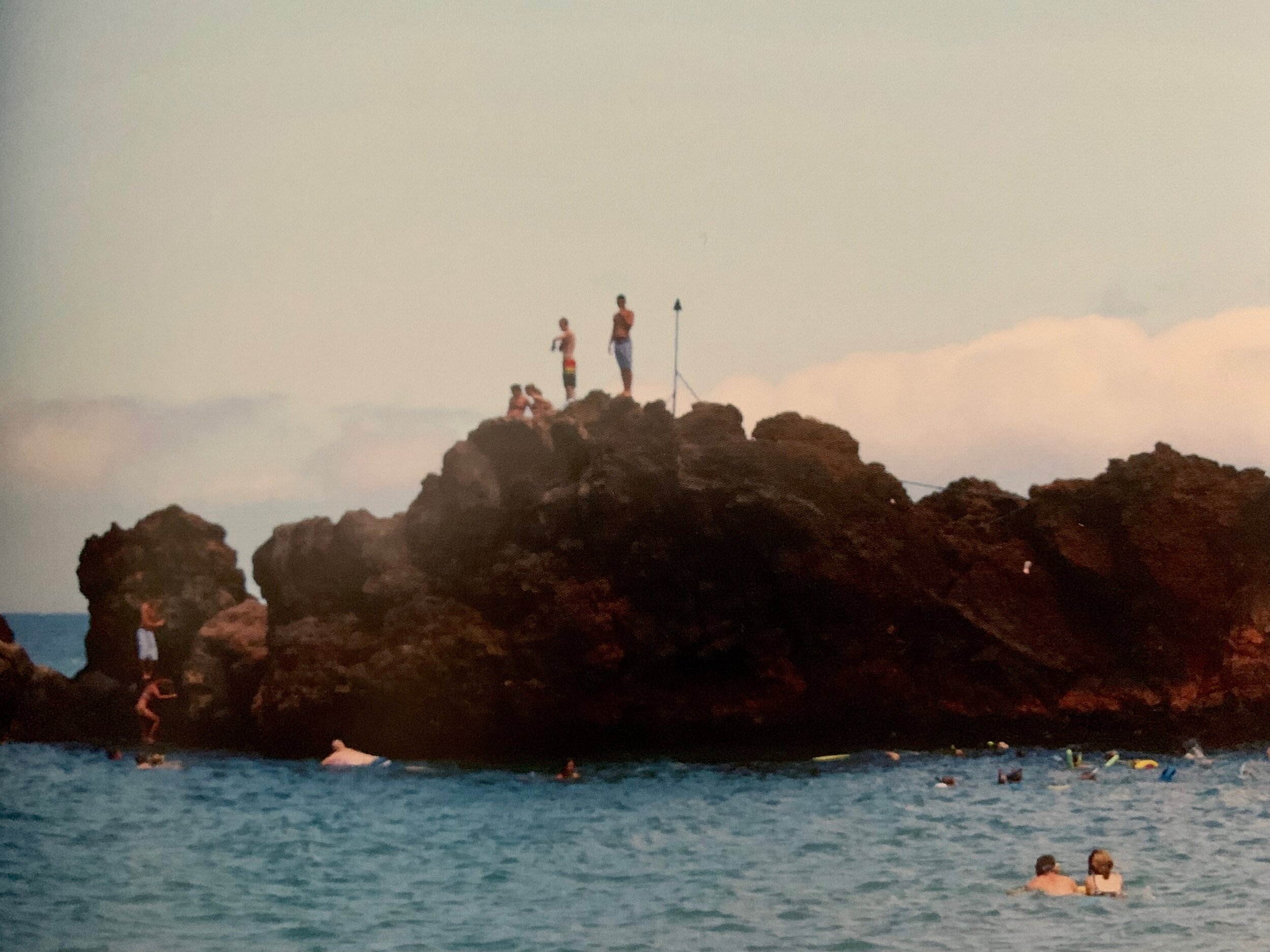Disclaimer: this post may include affiliate links
It’s October, and I know a lot of people are heading out to New England and specifically Salem, MA to celebrate the changing weather and recently dubbed “Spooky Season.” Salem is a fantastic destination any time of year, but with the changing autumn leaves of October, and the general spooky vibes the place gives off, there’s no better month to go.
I had the fortune of visiting Salem during the summer and the spooky feelings were already there. As a heavy budget solo traveler, I was determined to pay for nothing but parking and food, and if you bring your own lunch, you can take a day trip to this famous town for only $6 all day parking (and gas).
Salem, Massachusetts was made famous by the Salem Witch Trials, an event that occurred in 1692 which resulted in the deaths of 20 people accused of witchcraft.
Today, the whole town is themed around the idea of witches and Halloween and is home to tons of museums such as the Salem Witch Museum and Halloween Museum. These attractions aren’t free, though, so if you’re a budget traveler like me, these aren’t really an option. The good news is, there are plenty of free things to do in Salem to experience the town.
Statue near the Salem Common
The Salem Witch Trials Memorial
The Salem Witch Trials Memorial was built in 1992 to commemorate the 20 people who were killed during the Salem Witch Trials 300 years prior. The memorial is free to visit and consists of 20 benches, one for each of the people whose lives were taken and surrounded by black locust trees. This is a somber place, but one that should absolutely be experienced if you are planning a day trip to this little New England City.
The Old Burying Point Cemetery
Directly next to the memorial is the Old Burying Point Cemetery, which is where one of the Witch Trial judges is buried. Also a somber experience, it’s important to visit these places out of respect for the place’s history if you’re also going to experience the Halloween festivities (or in general, they’re interesting and important stops any time of year).
Walk Downtown Salem
Even if you don’t plan on buying any souvenirs, walking through downtown Salem is a cool experience in itself. With witch-themed shops, cobblestone streets, and a beautiful fountain statue, Downtown Salem is a cool place to hang out if you need some downtime during your day in Salem.
Downtown Salem
Salem Maritime National Historic Site
Venturing away from the spooky stuff, the Salem Maritime National Historic Site features a cool little walk down to the lighthouse that’s beautiful any time of year. Run by the National Park Service, this National Historic Site is a good break from the hustle and bustle of the touristy parts of the city, and not to mention, it’s interesting to see this site that was so crucial to the building of the US in a place that was so destructive to human lives. This site is also attached to the free visitor center just outside of Downtown Salem, where you can get information about the entire city.
Lighthouse at the end of the walkway in the Salem Maritime National Historic Site
The Hocus Pocus House
While I personally didn’t visit the Hocus Pocus House because I didn’t want to move my car and lose my paid-for spot ($6 for 4 hours, which was more than enough time to see all of these things and eat lunch), it is free to visit. If you’re a fan of the Disney original Halloween movie, Hocus Pocus, this is a must-see for you! While they do have paid tours that will take you to all of the filming locations in the city, visiting the house won’t cost you anything (although you probably won’t be allowed inside).
Follow the Red Line
If you’re out of ideas, look to the ground! Likely, wherever in the city you are, you’ll find a red line painted on the floor somewhere nearby. This red line will take you to all of the important historic spots in the city, so if you’re worried you might’ve missed something, this is a great thing to do to make sure you don’t drive away while there’s still more to see.
While it has a grim history, Salem, MA has its hidden beauty
Salem, Massachusetts is an important part of American history, not just a spooky spot to visit during October. But since it is such a hotspot for all things Halloween, tons of tourists flock there this time of year. Luckily, in this touristy town, you won’t be required to spend money at all if you don’t want to. There are plenty of opportunities to enjoy this city’s history without even opening your wallet.
If you’re heading to Salem this October, you’ll need some spooky apparel to get you in the spirit. Shop ethical and adorable Halloween designs at Wholesome Culture.







